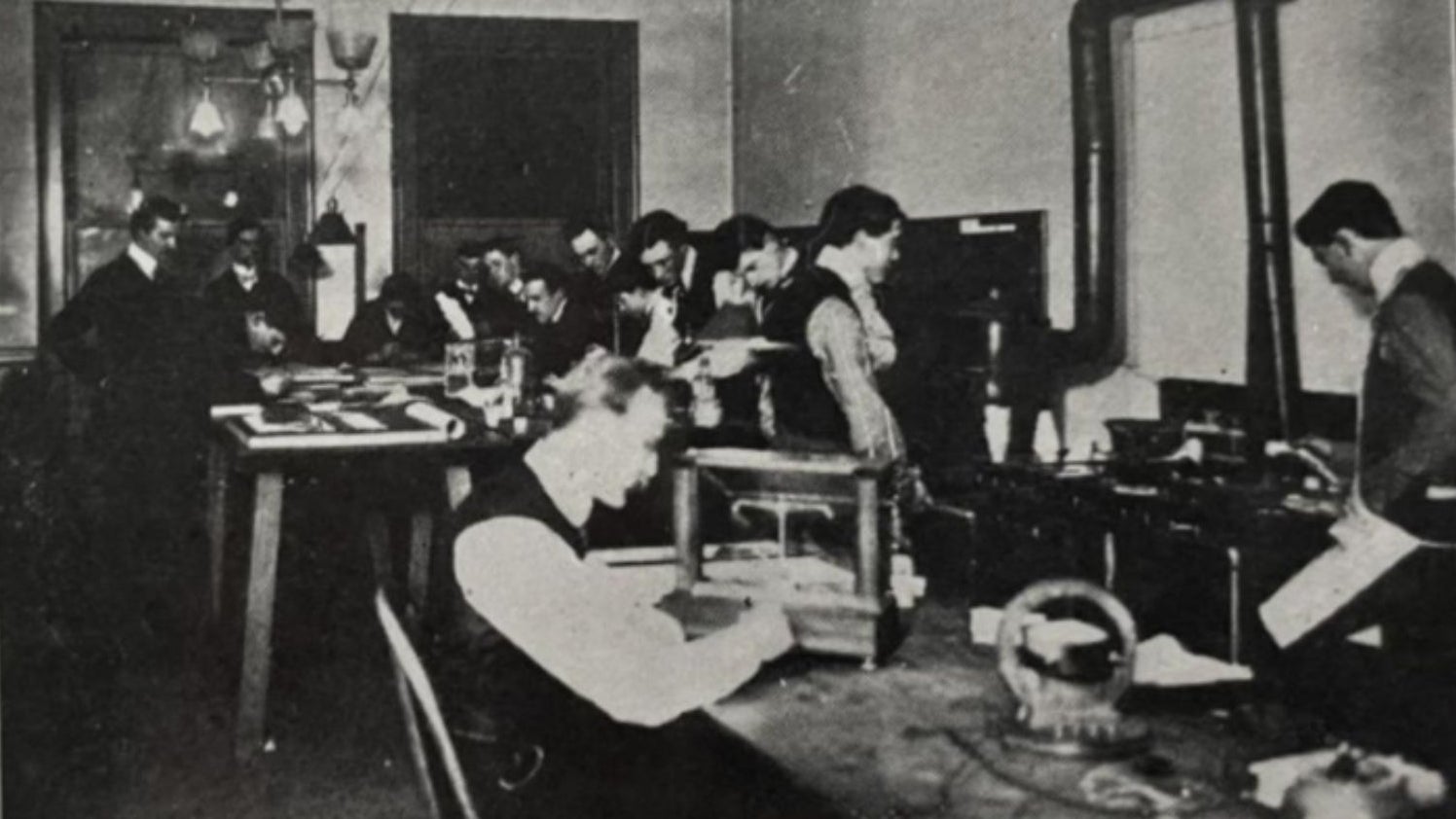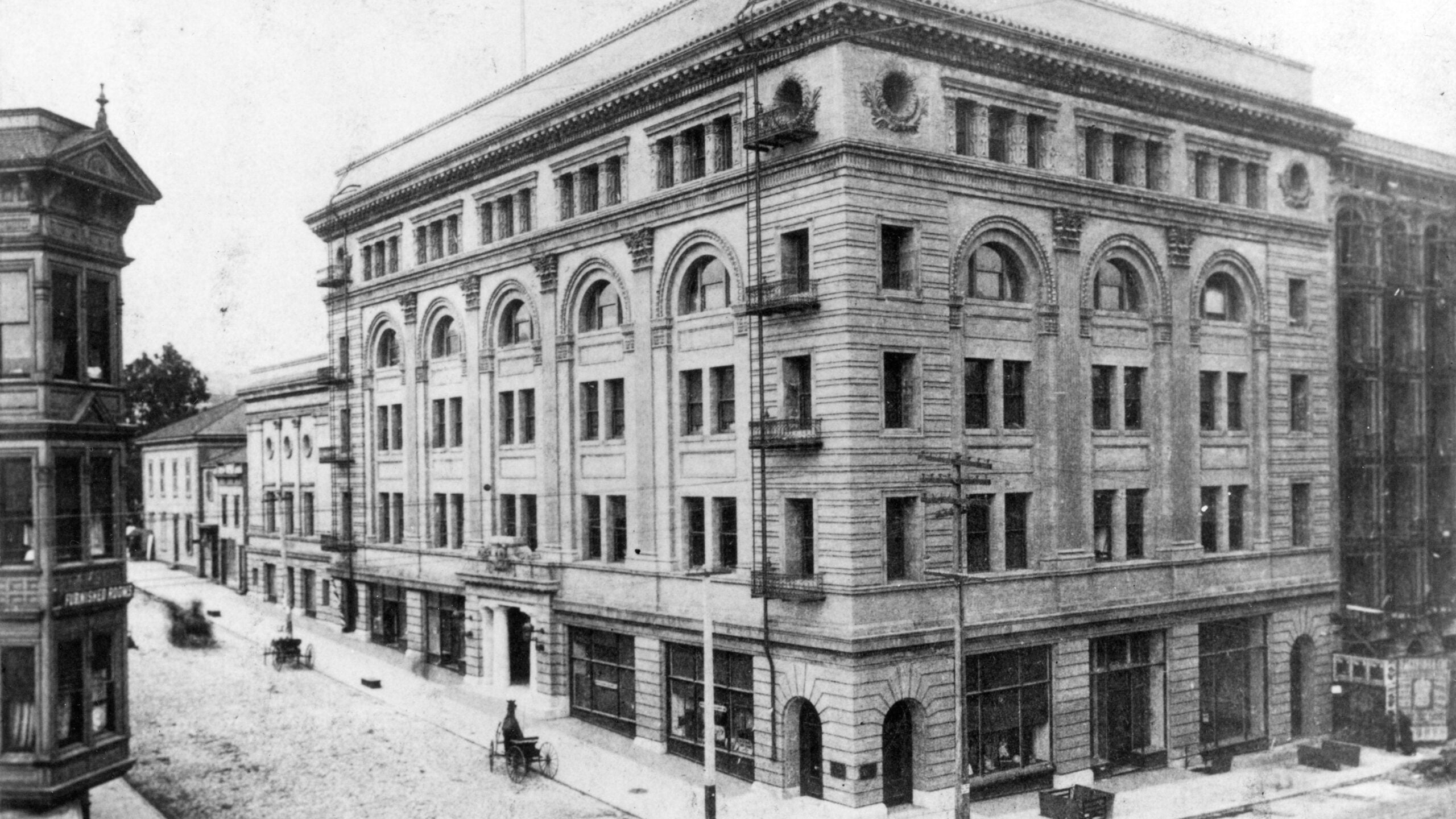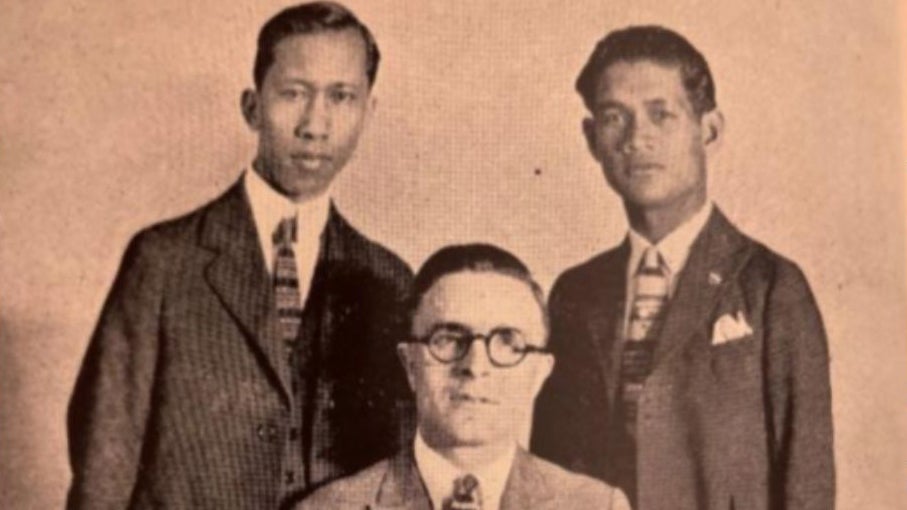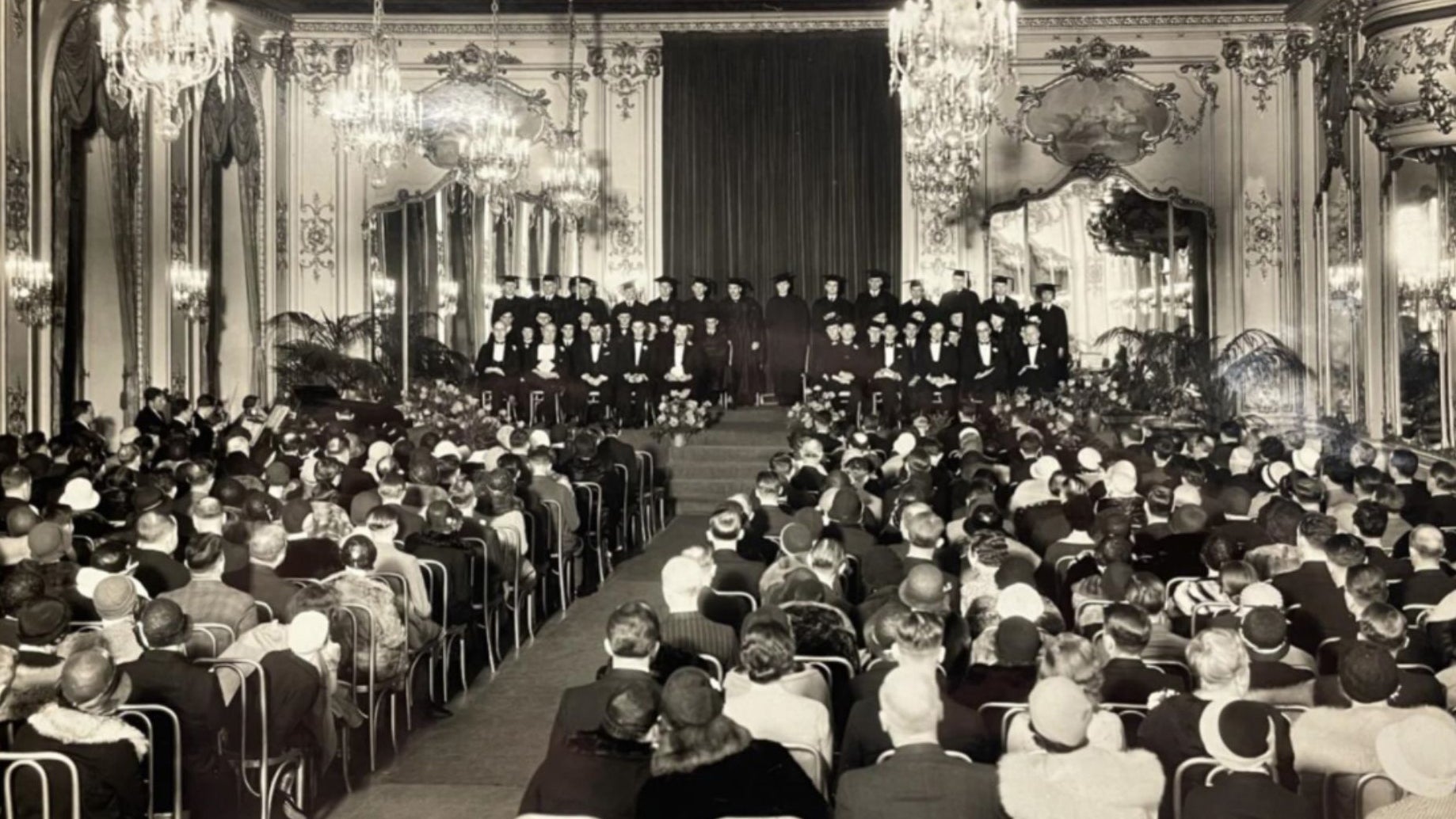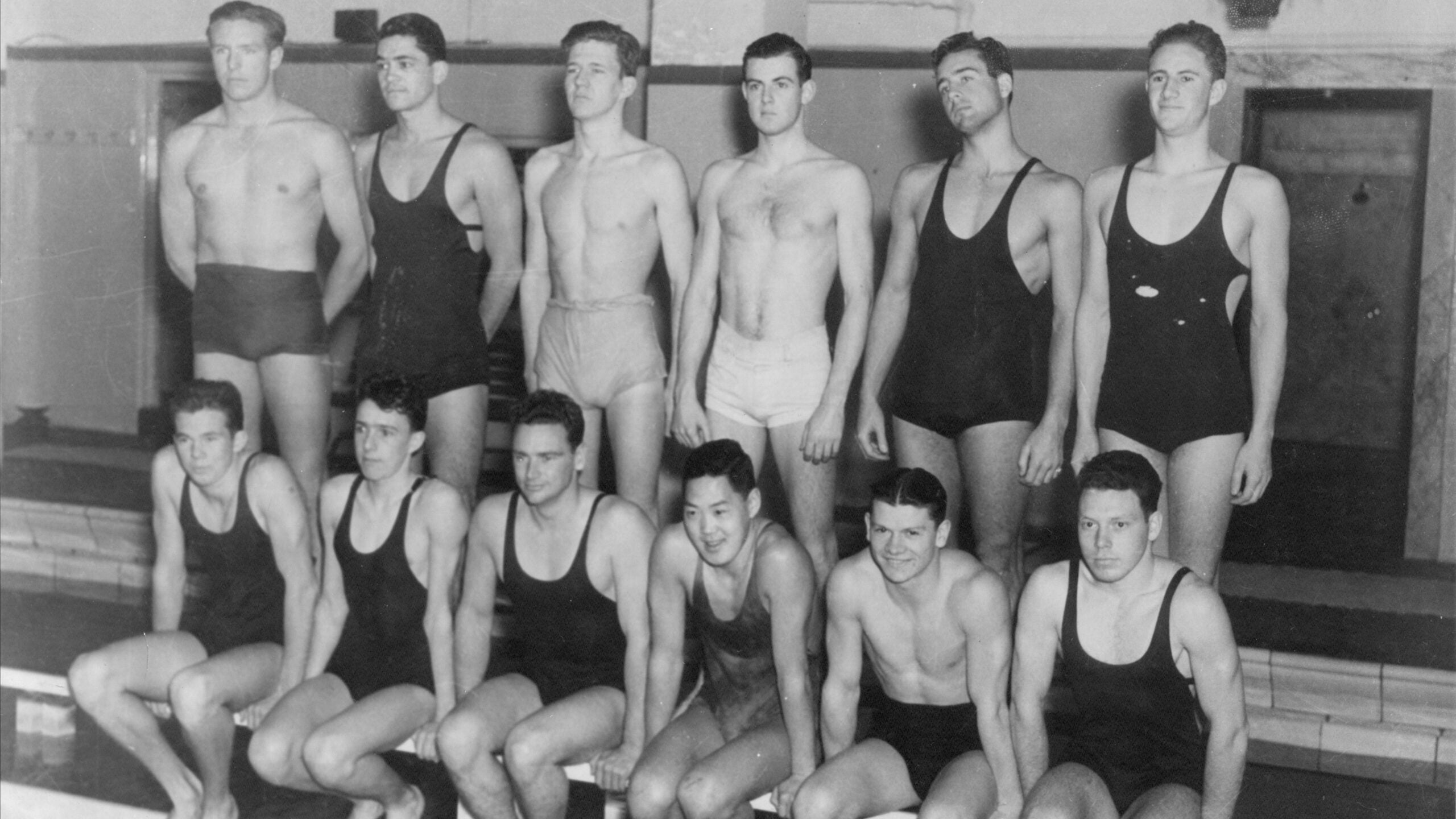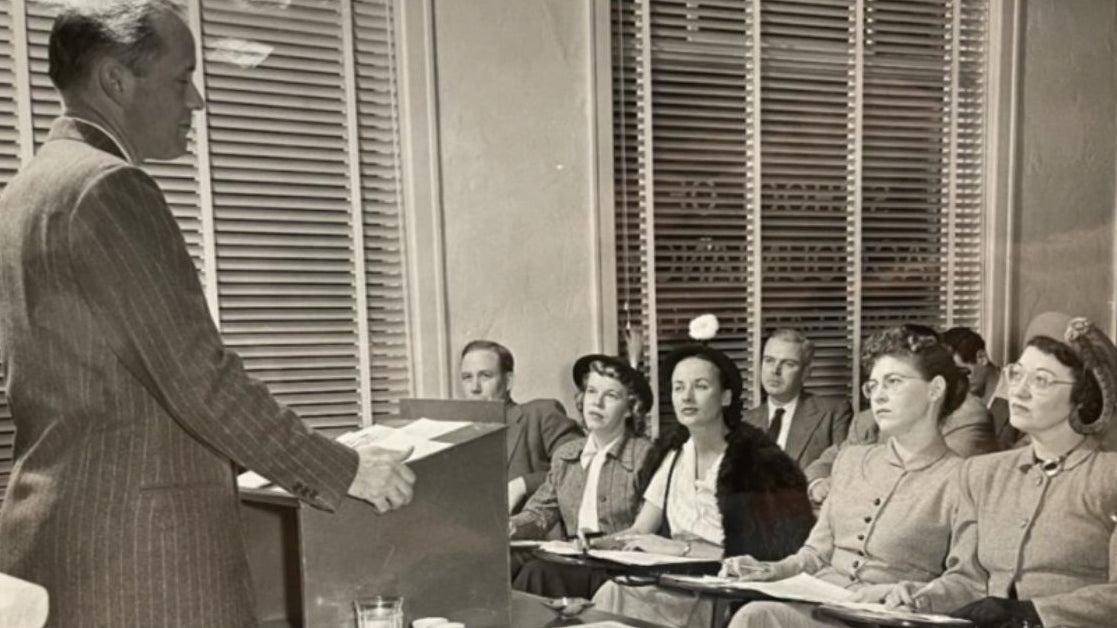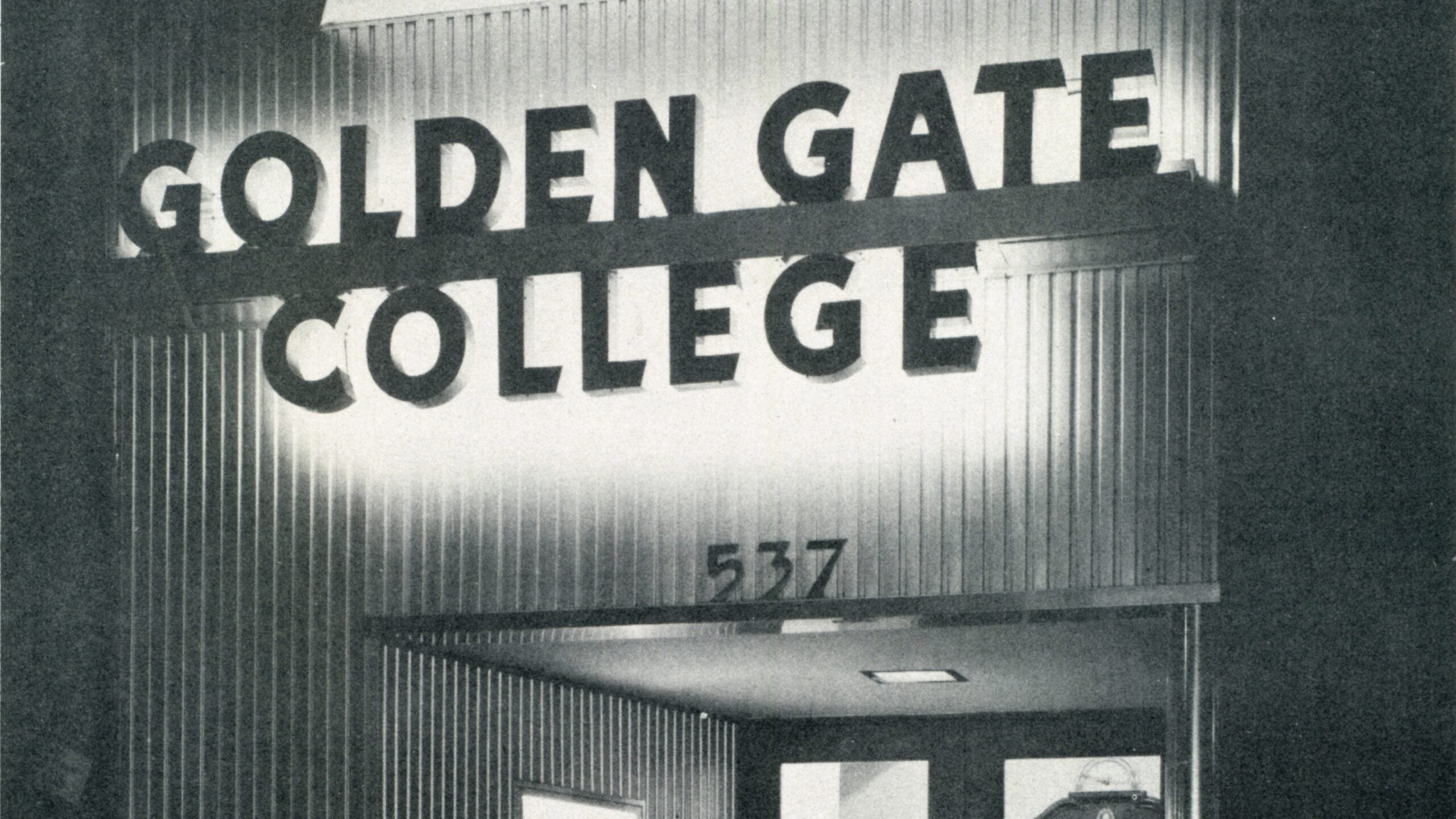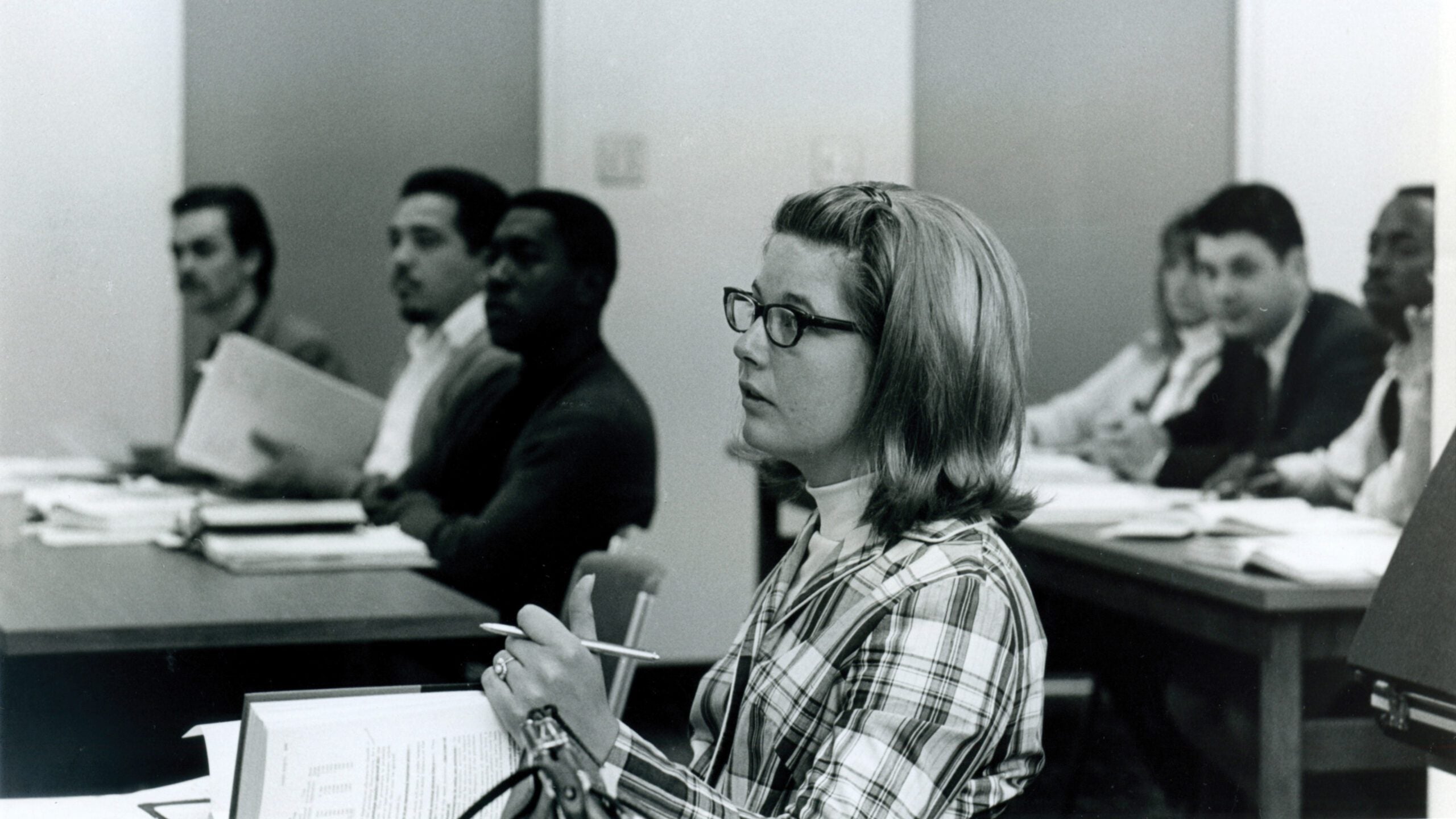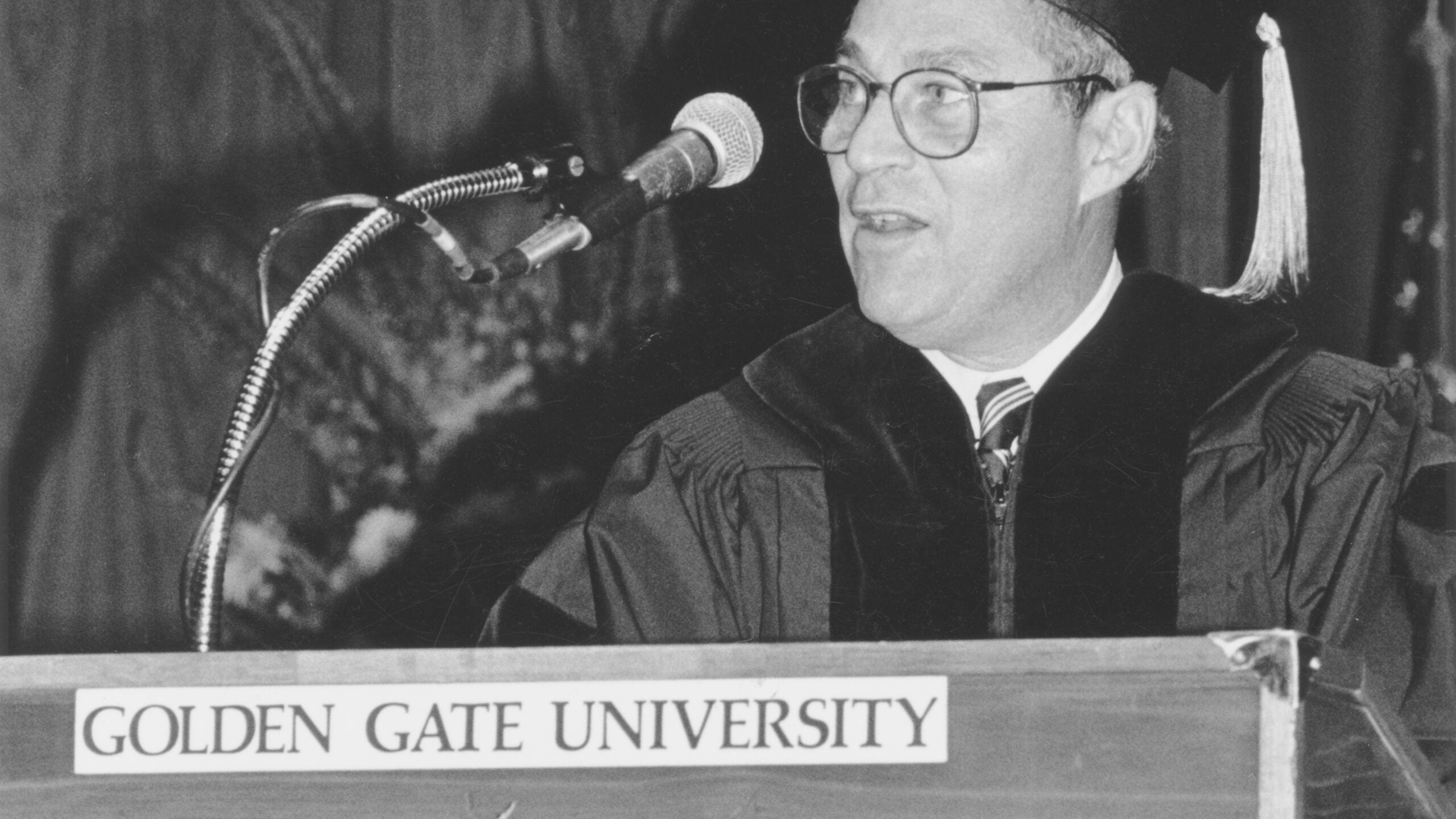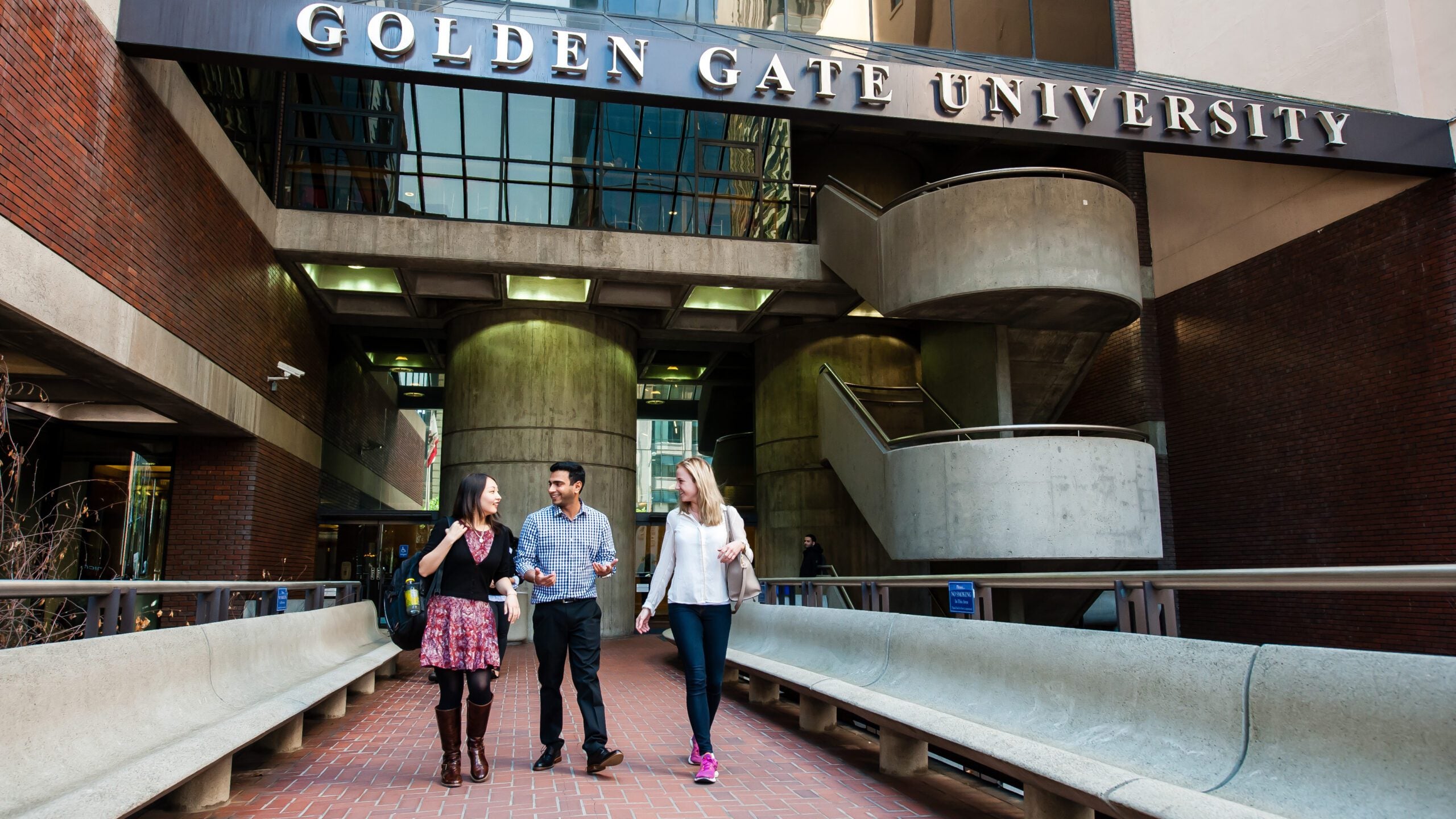Educating Working Professionals Since 1901
As one of the oldest nonprofit universities in California, Golden Gate University (GGU) has been granting degrees and certificates emphasizing practical, skills-based education to working adults since 1901.
Our university traces its beginnings to a night school started by the San Francisco YMCA during the California Gold Rush in the early 1850s. It was officially established in 1901 as a place where working adults could acquire education and skills to advance their careers. For more than 100 years now, GGU has been helping adults achieve their professional goals by providing world-class undergraduate and graduate education in accounting, law, finance, taxation, business, and technology.
A nonprofit, independent university, GGU serves learners who want a practical education, empowering them to have a successful career and improved quality of life. GGU has committed itself to helping working professionals further their education with practical knowledge, flexible course times, and contemporary skill training. We make it simple for adult learners to transfer previously earned college credits and even earn credit for workplace and military experience.
At GGU, we have always understood and met the unique educational needs and demands of working adult students. We focus on providing our students with real-world knowledge from instructors who are practicing professionals in some of the Bay Area’s largest and most successful organizations. We’ve been a leader in online education for nearly three decades, and our programs offer maximum flexibility for modern students.
Our Mission
Golden Gate University prepares individuals to lead and serve by providing high quality, practice based educational programs as a nonprofit institution in an innovative and challenging learning environment that embraces professional ethics and diversity.
Education for Your Real World
Our History
Golden Gate University traces its origins to an evening lecture series started by the San Francisco YMCA during the California gold rush in the early 1850s. Even then, lectures focused on practical issues of the day such as gold assaying and English.
The first degree-conferring program of the university started in 1901, with the formation of California’s first evening law school. By offering classes at night, Golden Gate made legal studies available to the common person. Four students comprised the law school’s first graduating class.
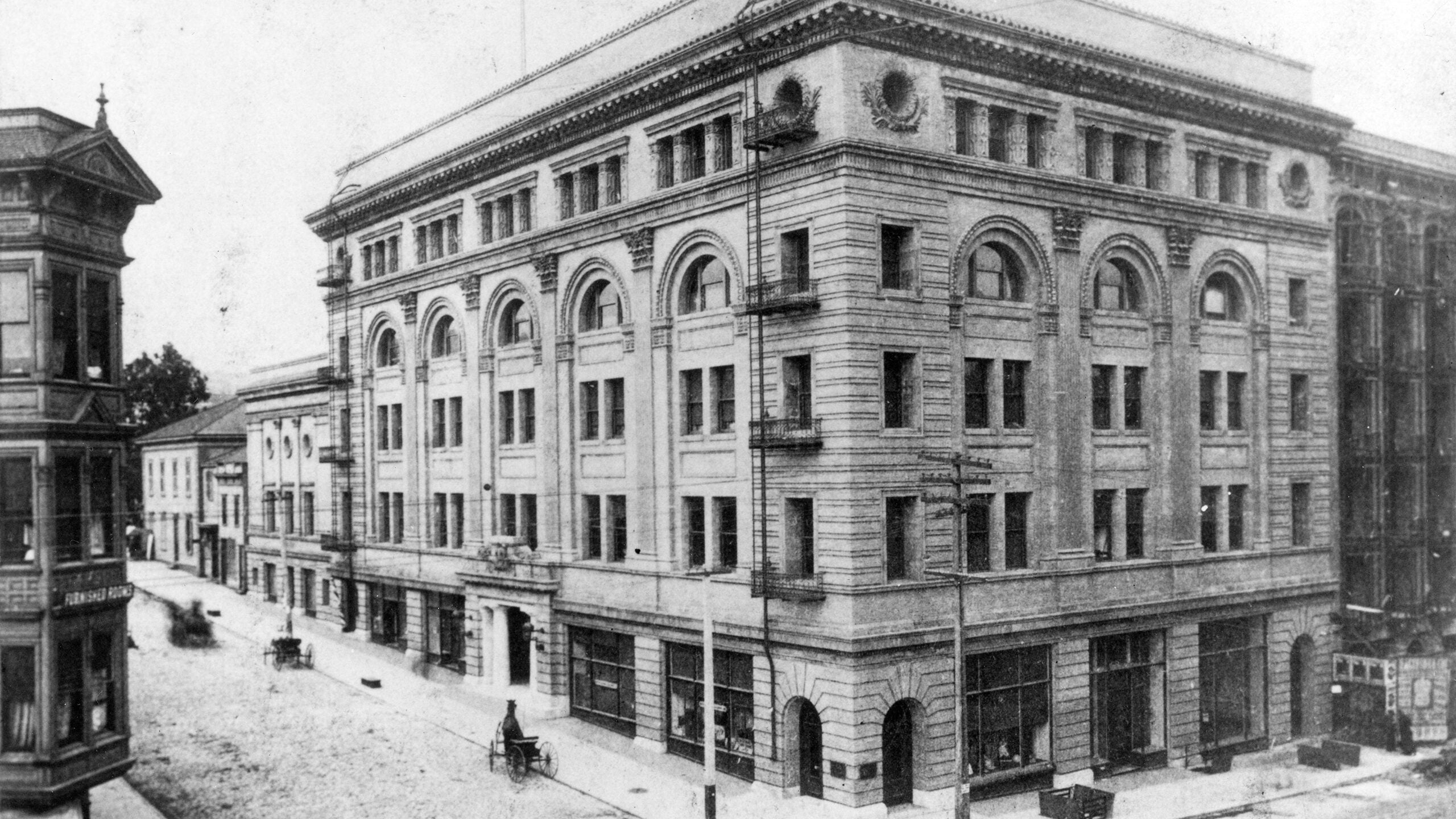
Today, Golden Gate University continues as a pioneer of adult education in business and management, accounting, taxation, and law. As always, GGU emphasizes hands-on learning taught by professionals practicing in the field. Campuses and teaching sites are located in San Francisco, Seattle and online through GGU’s nationally-acclaimed eLearning programs.
Since 1901, Golden Gate University has remained true to its core mission. We continue to ask the market what it needs, engage the industry experts in designing the practically based curriculum, add the relevant skill sets that set our students apart — regardless of their profession — and graduate exemplary individuals who continue to go forth and set wonderful examples of achievement and contribution.
We have passed the 110 year mark since one man found the need for practically-based, professionally focused education for working adults and did something about it. That something eventually grew into the proud institution that is Golden Gate University today. We fully anticipate being around for at least another 110 years, and can’t wait to see what’s in store.
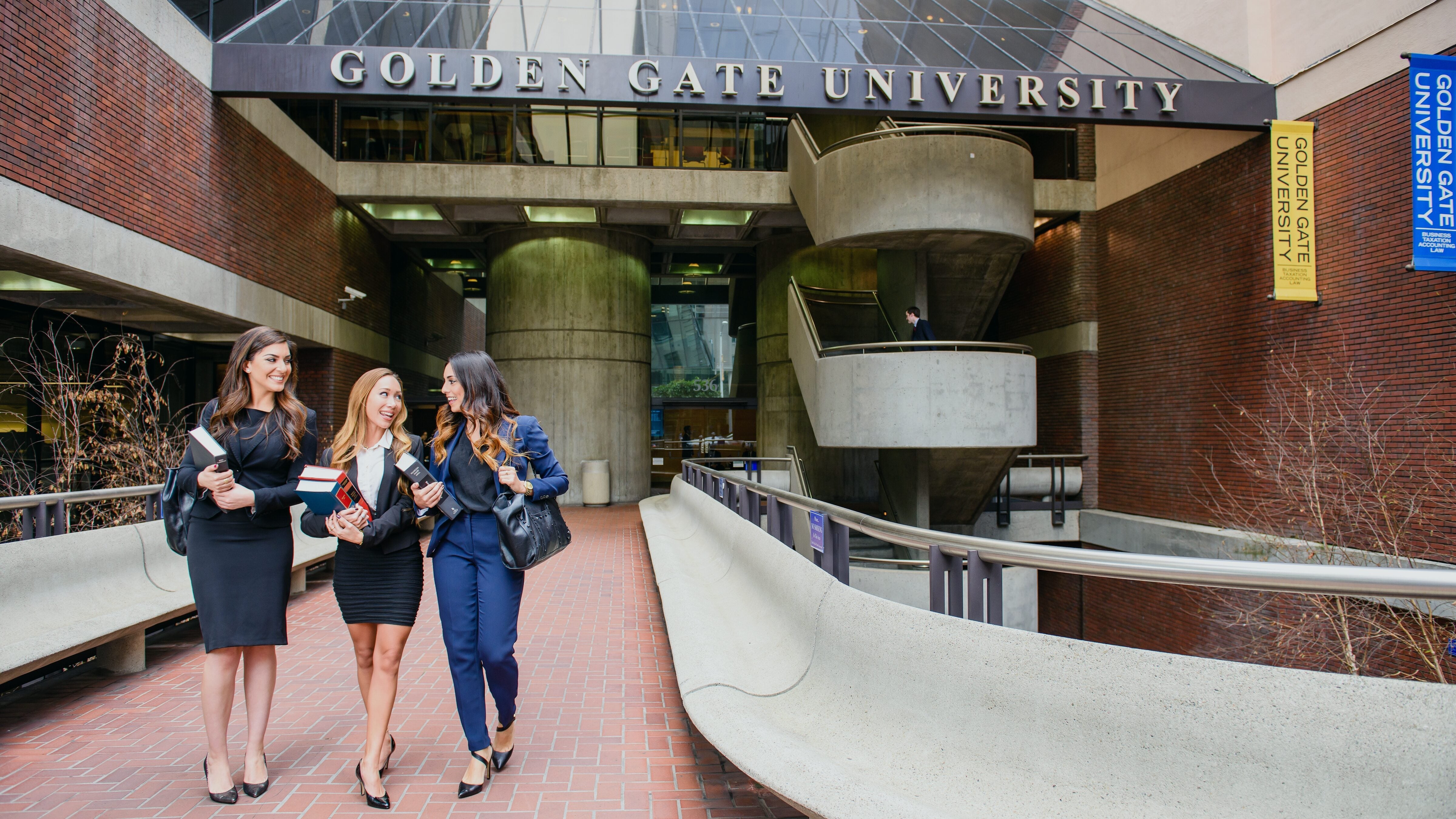
GGU’s Philosophy

GGU delivers education focused on practical issues of the day by offering classes when and where students can attend: days, nights, weekends and now online and blended experiences, uniquely making professional education available to the working person as well as the college graduate seeking to pursue an advanced education in law, tax, business, accounting and other related professions.
We emphasize hands-on learning taught by professionals practicing, or with prior distinguished practice and scholarship, in their fields of expertise so that our students can make measurable contributions to their profession while they’re still in school.
Golden Gate University also believes that students come to us wanting a transformational classroom experience, which takes all that they arrive with and helps them leverage it for their unique success.
Born of our beginnings at the YMCA, we also believe that education is for the many — not the few. If you bring motivation, determination, aspiration, a willingness to learn and a desire to get a degree, we believe you should be given a chance and that it is the institution’s duty to create an educational experience at GGU that will support the success of that goal.


